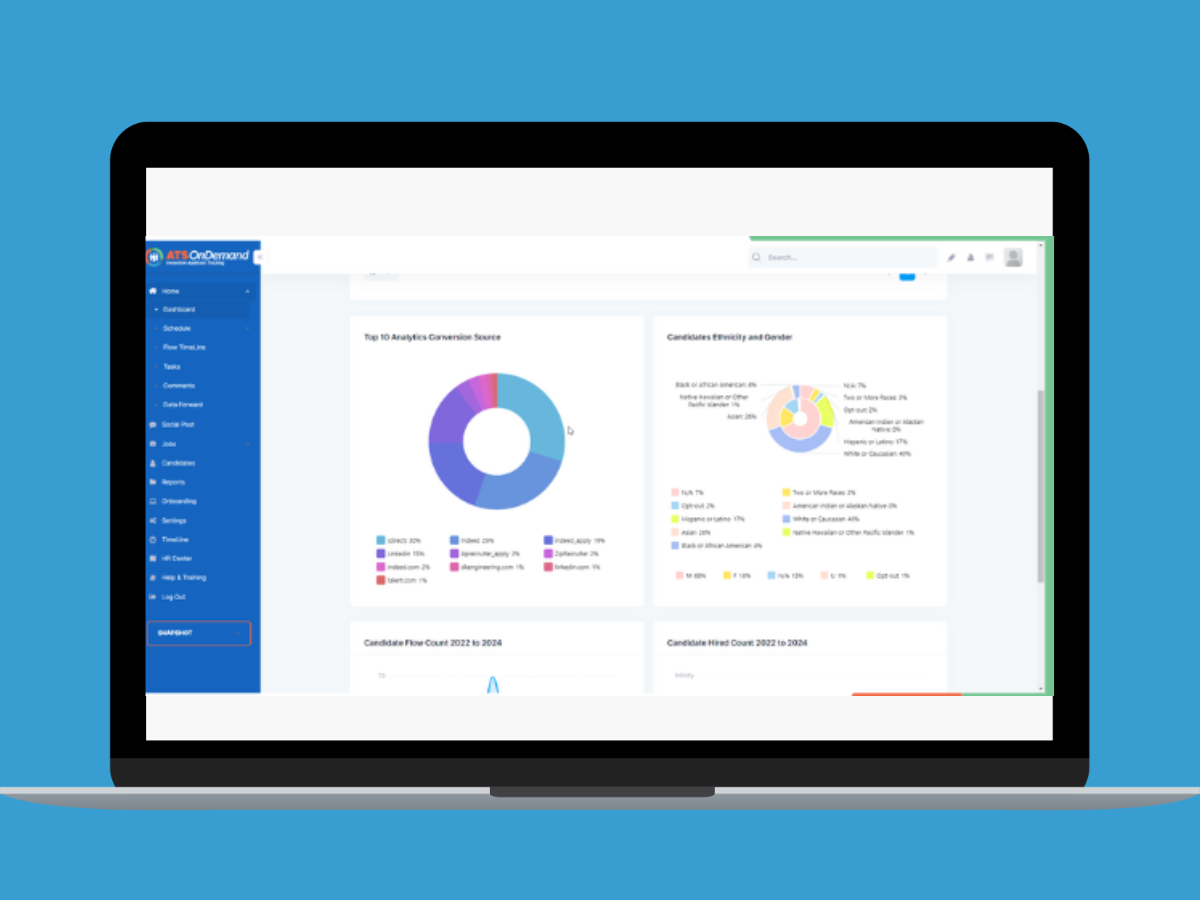Nothing is more frustrating than posting an open position at your company and finding weeks later that you still don’t have any qualified candidates for the job. While competition in the job market can cause some labor shortages, it’s likely that you’ll be able to attract the candidates that you need if you practice a little finesse. Of course, you can use your applicant tracking system (ATS) to make finding the right candidate even easier.
Creating A Targeted Job Posting
Crafting a unique, detailed job posting is one of the best things that you can do to increase the quality of candidates coming through your hiring funnel. When writing a job description, be sure to clearly list all of the duties a candidate will be required to perform. This ensures that you won’t waste your time interviewing someone who isn’t capable of meeting the job demands.
It’s also important to clearly list all qualifications needed in order to apply for the job. Work with your hiring managers to find out the must-haves versus negotiable skills or qualifications. If you need to find someone who holds a special license, be sure to specify that in the job posting. You may also want to include a note to candidates that they will absolutely not be considered for the job unless they meet all of the listed requirements.
Once you have crafted your job description, skills and experience, be sure to post the job on targeted job boards. Pull candidate source reports from your ATS to see which job boards have yielded high quality candidates in the past.
Evaluating Candidate Qualifications
Once you’ve determined what requirements are important to your company, go into your ATS and create a prescreening questionnaire. You can set up the ATS to automatically disqualify candidates based on their answers. In addition to moving the candidate into a not qualified workflow, the ATS can also send a letter that explains that your company will be pursuing other candidates for the position. Candidates appreciate any communication from recruiters, whether it’s good or bad, so this will ultimately leave a positive mark on your recruiting reputation.
Most recruiters have spent hours on end going through resumes and trying to decide if a candidate meets all of the qualifications for an open position. In addition to being time consuming, this can carry some risks as resumes are not legally binding documents. You should always collect information about a candidate’s work history, licensing and qualifications on a signed application for those candidates you are seriously considering.
HR professionals should also give first priority to job candidates who are already employed with their companies. In your ATS, you can set up a special identifier for internal candidates and set expiration dates for internal job postings. This gives your employees the first chance to view and apply to open jobs within your organization.



